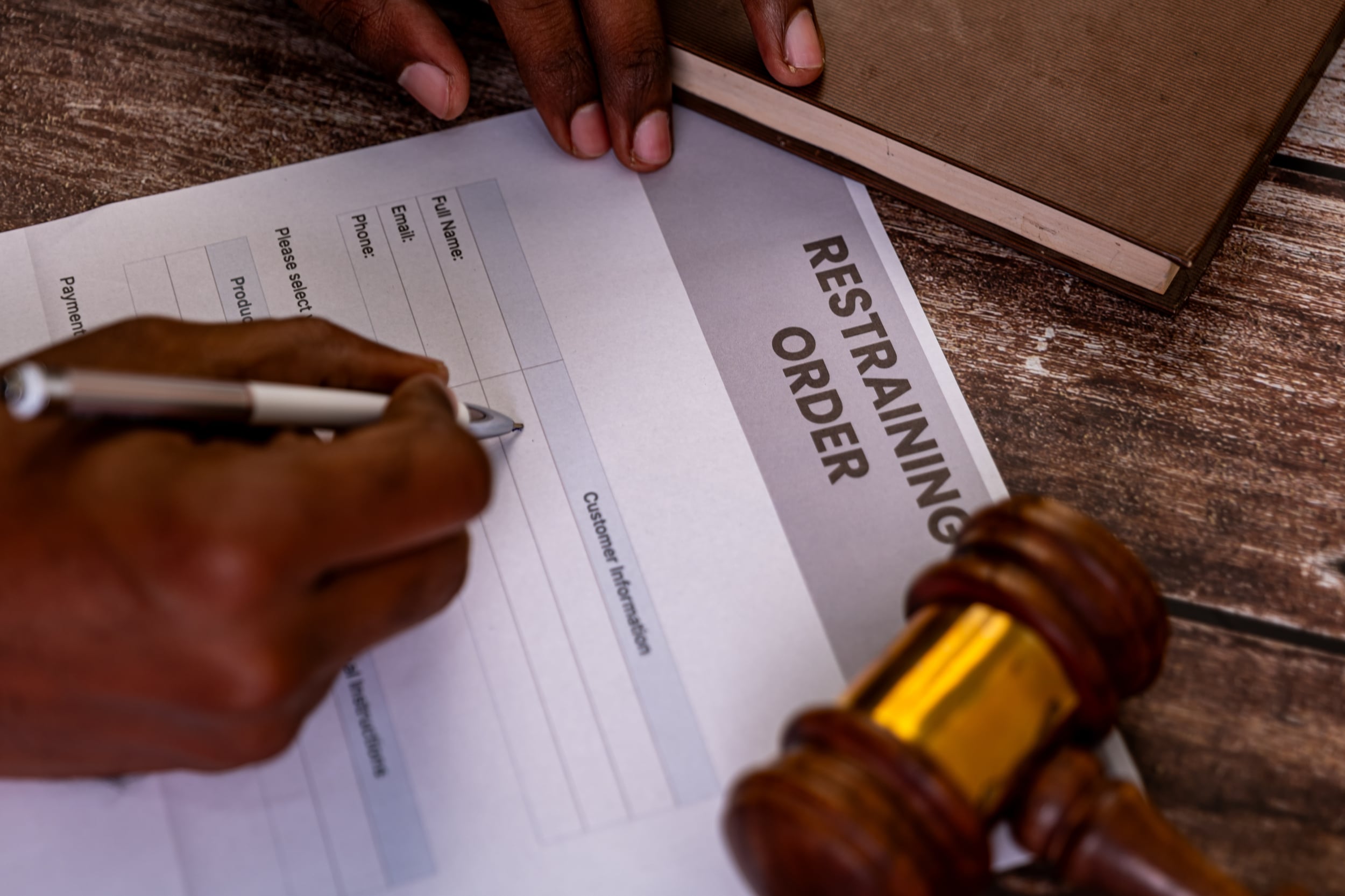
Filing a lawsuit can feel overwhelming—especially if you’ve never done it before. In California, the legal process is complex, detailed, and filled with specific rules you must follow. Whether you’re an individual or a business, starting a lawsuit in California requires more than just deciding you want to sue someone. It demands preparation, timing, and a clear understanding of how the civil court system works.
You might be dealing with a contract breach, a personal injury, or a business dispute—but no matter the case, it all starts the same way: deciding whether filing a lawsuit is the right decision. In this guide, we’ll walk through the practical steps, risks, and strategies that every Californian should know before heading to court.
Is Litigation Your Best Option?
Before diving into court paperwork, it’s worth asking: is litigation necessary—or even worth it? Many disputes can be resolved through negotiation, mediation, or arbitration. These alternative paths are often faster, cheaper, and less emotionally draining than traditional lawsuit in california. In many cases, just sending a legal demand letter can lead to a resolution without ever filing in court.
However, if your dispute involves serious financial harm, rights violations, or a party refusing to cooperate, filing a lawsuit may be your only option. That’s where understanding the structure of California’s legal system becomes essential. There are three main types of civil courts in the state based on the size and nature of your claim.
Choosing the Right Court
When starting a lawsuit in California, selecting the appropriate court is critical. Filing in the wrong jurisdiction or court level can delay your case—or get it dismissed entirely. California’s civil court system is divided primarily into:
- Small Claims Court for disputes under $12,500 (no lawyers allowed).
- Limited Civil Court for cases involving $12,500 to $25,000.
- Unlimited Civil Court for cases exceeding $25,000.
In addition to the monetary value, location matters. You’ll usually need to file in the county where the defendant resides or where the incident occurred. Always confirm venue rules before filing to avoid jurisdictional errors that can waste time and money.
Drafting and Filing the Complaint
Once you’ve confirmed you’re in the right court, the next step is drafting a complaint. This document outlines your allegations, the legal basis for your claims, and what kind of relief you’re seeking—whether that’s money, services, or a court order. Your complaint should be fact-based and free from emotional language. Judges don’t decide cases based on feelings—they need to see legal merit and supporting evidence.
After submitting your complaint, the court will issue a summons. This is the official notice that must be served to the other party, notifying them of the lawsuit. Without proper service, your case cannot move forward. California law has strict rules on how and when this service must be completed.
What to Expect After Filing
Many people think filing is the biggest step—but the real work starts afterward. The legal process can take months or even years depending on the complexity of the case, the availability of the court, and whether both parties are willing to settle. The discovery phase allows both sides to collect documents, request evidence, and depose witnesses. It’s where the truth often comes out—and where many lawsuits are won or lost.
It’s also common for cases to resolve before reaching trial. In fact, the vast majority of civil cases in California end in settlement. Whether through formal mediation or informal negotiation, reaching an agreement can save both sides a significant amount of time and money.
Key Considerations Before You File
Here are a few critical points to keep in mind before starting a lawsuit in California:
- Statute of Limitations: You have limited time to file, depending on the type of case. For example, personal injury claims must typically be filed within 2 years, while written contract disputes have a 4-year limit.
- Cost of Litigation: Court fees, legal representation, and expert witnesses can add up quickly. Even if you win, collecting on a judgment isn’t always guaranteed.
- Burden of Proof: As the plaintiff, it’s your responsibility to prove your claims. This means gathering clear, admissible evidence.
Failing to plan for these realities can weaken your case before it even begins.
Real-World Example: Why Legal Advice Matters
Imagine you’re a freelance designer in San Diego. A client hired you for a $15,000 website project but stopped responding after you delivered the final product. You decide to sue—but file in small claims court without realizing the monetary cap is $12,500. The court throws out your case, and you now have to start over in limited civil court, losing time and momentum.
This is exactly why legal guidance is valuable, even if you plan to represent yourself. Understanding where and how to file could mean the difference between a dismissed case and a successful outcome.
Trial and Resolution
If your case goes to trial, you’ll present your evidence before a judge or jury. You may also call witnesses and cross-examine the opposing side’s claims. Trials are formal and require preparation—every document and every argument must follow the rules of evidence. Even the strongest claim can fail if it’s presented poorly.
If you win, the court may award you damages or issue an order enforcing your rights. However, victory doesn’t always mean immediate justice. Enforcing a judgment—especially if the losing party refuses to pay—can involve a separate set of legal procedures, like wage garnishment or property liens.
Final Thoughts: Be Strategic, Not Just Reactive
Filing a lawsuit is more than taking a stand—it’s entering a legal process that demands strategy, patience, and precision. If you’re considering starting a lawsuit in California, make sure your case is well-founded, your documents are accurate, and your expectations are realistic. While the law offers powerful tools for protecting your rights, using them effectively requires more than emotion—it requires preparation.





